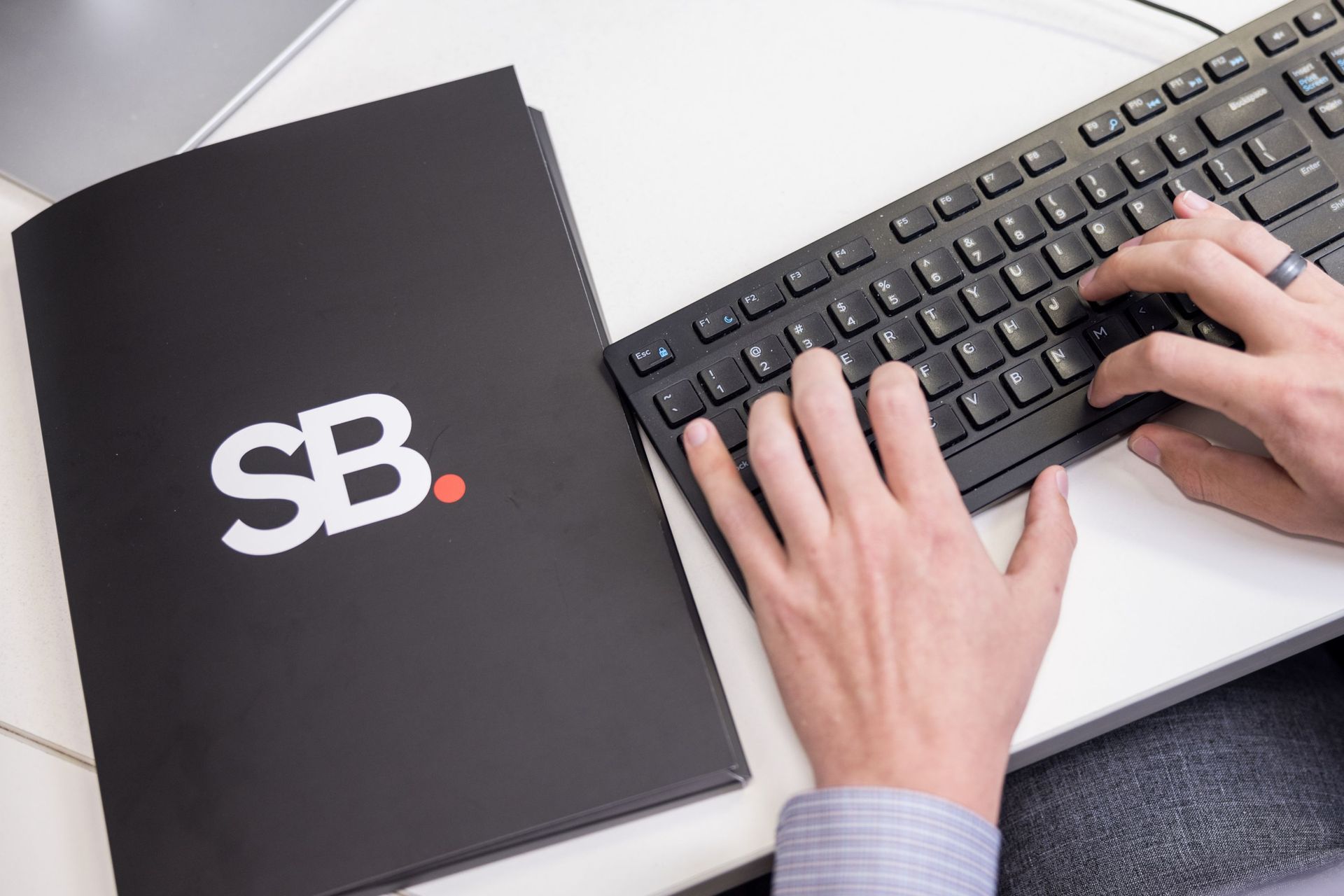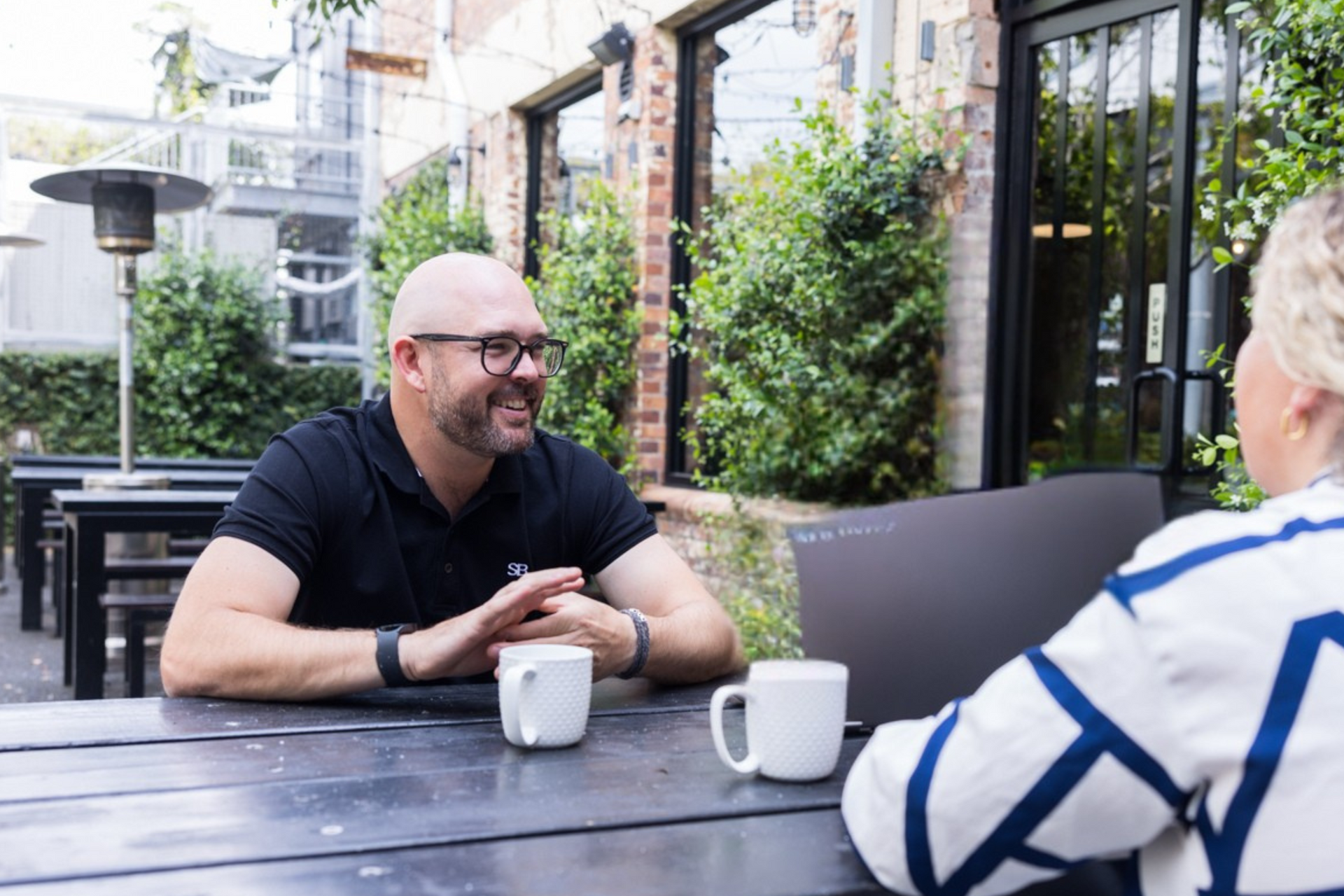Know Your Numbers: Understanding Your Financial Statements

For many business owners, financial statements are something they glance at once a year - often with a sense of obligation rather than curiosity. At our recent Know Your Numbers workshop, we saw that story play out in real time.
Around the table were seasoned operators, new entrepreneurs, and everything in between. Some came in confident; others confessed they’d never truly understood their Balance Sheet or Profit and Loss.
But as Brad Bulow reminded the group, that’s rarely because business owners don’t care - it’s usually because they lack confidence and clarity.
“Numbers are most people’s pain points,” Brad explained, “but that’s largely due to a lack of understanding. Our goal at Sammut Bulow is to simplify the language, talk with you (not down to you), and give you certainty around the key numbers that really matter.”
By the end of the session, the group was engaged in lively discussion - spotting inefficiencies, testing “what if” scenarios, and, most importantly, feeling more confident about using their numbers to make decisions.
Your Numbers Tell a Story
Every business has two key storytellers:
- The Profit and Loss, which tracks how much money is coming in and going out over a set period - like a diary of your revenue, expenses, and profit.
- The Balance Sheet, which gives you a snapshot of what you own, what you owe, and what’s left over - essentially, the health report of your business at a point in time.
When you put them together, they don’t just tell you where you are today. They reveal trends, patterns, and red flags that can shape where you’re going tomorrow.
Seeing What’s Hidden in Plain Sight
One of the workshop exercises involved charting real numbers from a case study business. At first glance, the Profit and Loss looked “fine.” But once we dug in, the group spotted:
- Seasonal revenue swings that explained recurring cash flow dips.
- Operating expenses that were growing faster than revenue.
- A net profit margin that had quietly slipped year-on-year.
Those numbers had been sitting in the accounts for months - the story was there, but no one had stopped to read it.
The Balance Sheet: More Than a List of Assets
We then turned to the Balance Sheet - many in the room had never thought of it as anything more than a document for banks or auditors. But when we reframed it as:
“What the company owns, what it owes, and how it’s financed”
…suddenly, it clicked. A strong balance sheet shows more assets than liabilities, healthy cash reserves, and growing retained earnings. A weak one can reveal looming problems - like rising short-term debt or equity being eaten away by losses.
Spotting the Good, the Bad, and the Ugly
To make it real, we walked through fictional sets of financials:
- The Good: steady growth, strong margins, low debt, healthy equity.
- The Bad: flat revenues, creeping costs, increasing short-term debt.
- The Ugly: declining revenue, consistent losses, negative equity.
Everyone in the room could picture a business they knew (sometimes their own) that fit one of those profiles.
Turning Numbers into Decisions
The real power of financial statements is what you do with them.
Knowing your numbers and setting goals around them, like a net profit target or a liquidity benchmark, can benefit your business in so many ways. It can:
- Build confidence with your bank.
- Strengthen your ability to obtain finance or investment.
- Help you increase the long-term value of your business for succession or sale.
As Brad puts it “Knowing your numbers will provide you real power, real peace of mind, and help you build financial health and freedom.”
Once you start using your reports proactively - building “what if” scenarios, setting financial goals, benchmarking against your industry - your financials become a roadmap, not a mystery.
The Takeaway
Financial statements aren’t just paperwork. They’re the story of your business - where you’ve been, where you are, and where you’re headed.
When you take the time to understand them, you gain clarity and confidence And with the right guidance, that understanding can transform into something far greater… control, confidence, and long-term financial freedom.
If you’d like help making sense of your numbers, or turning them into practical strategies, our team at Sammut Bulow is here to help - find out more here.
Disclaimer: The information provided on this blog is for general informational purposes only. While we strive to ensure that the content is accurate and up to date, the advice and information provided on this site should not be construed as a substitute for consulting with a qualified accounting or tax professional. The authors and contributors to this blog do not accept any responsibility or liability for any errors or omissions in the content, or for any losses or damages arising from the use of the information provided.
SHARE POST:
RECENT POST:






